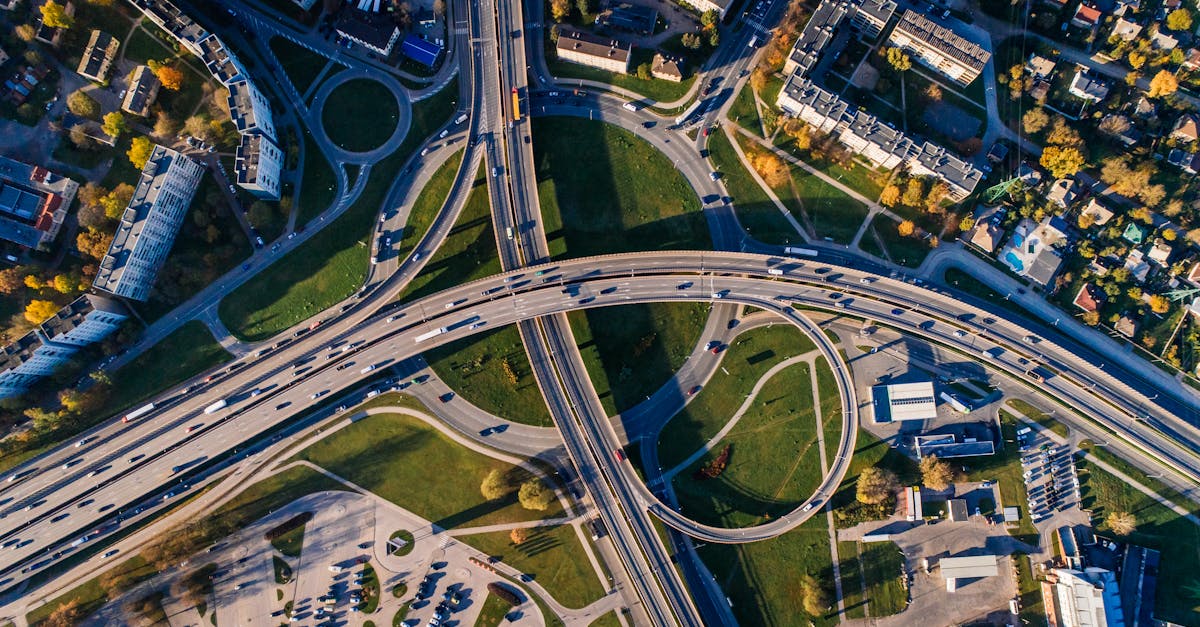Honuaʻula Partners is seeking approval for a significant infrastructure project that could reshape the transportation landscape in Kīhei, Maui. The company will present its plans to the Urban Design Review Board on May 6th for a design review of a $48 million project to widen a portion of Piʻilani Highway from two to four lanes. This marks a preliminary step before the project is presented to the Maui Planning Commission, signaling a major investment in the region's infrastructure.
The proposed highway expansion holds considerable implications for numerous sectors within Maui's economy. With improved traffic flow, local businesses, particularly those in the tourism and hospitality industries, may see enhanced accessibility for customers. Streamlined traffic could also benefit the real estate market by improving the attractiveness of properties in the area. Furthermore, the construction phase of the project is expected to generate employment opportunities, potentially providing a boost to the local economy.
However, such projects also present potential challenges. Increased traffic capacity could spur further development, potentially leading to increased strain on existing resources and infrastructure. The environmental impact of the project, including potential effects on drainage and natural habitats, should be carefully considered during the review process. In addition, the design review phase allows for public input, and the Urban Design Review Board takes into account community input, which could influence the final project design.
This highway widening initiative is not isolated. Recent reports highlight other developments in the area. For example, a recent analysis by Maui Now points out that visitor spending on Maui is surpassing pre-pandemic levels, even with fewer travelers, bolstering the argument for infrastructure improvements to manage increased traffic volume. Moreover, Hawaii News Now reported on the raises of county officials, indicating the local government's investment in infrastructure and development.
Ultimately, the success of the Piʻilani Highway widening relies on a delicate balance. A well-executed plan will enhance traffic management, while properly addressed concerns will address potential risks concerning community impact and environmental health. The project highlights the interplay between infrastructure, economic growth, and community well-being on Maui.



